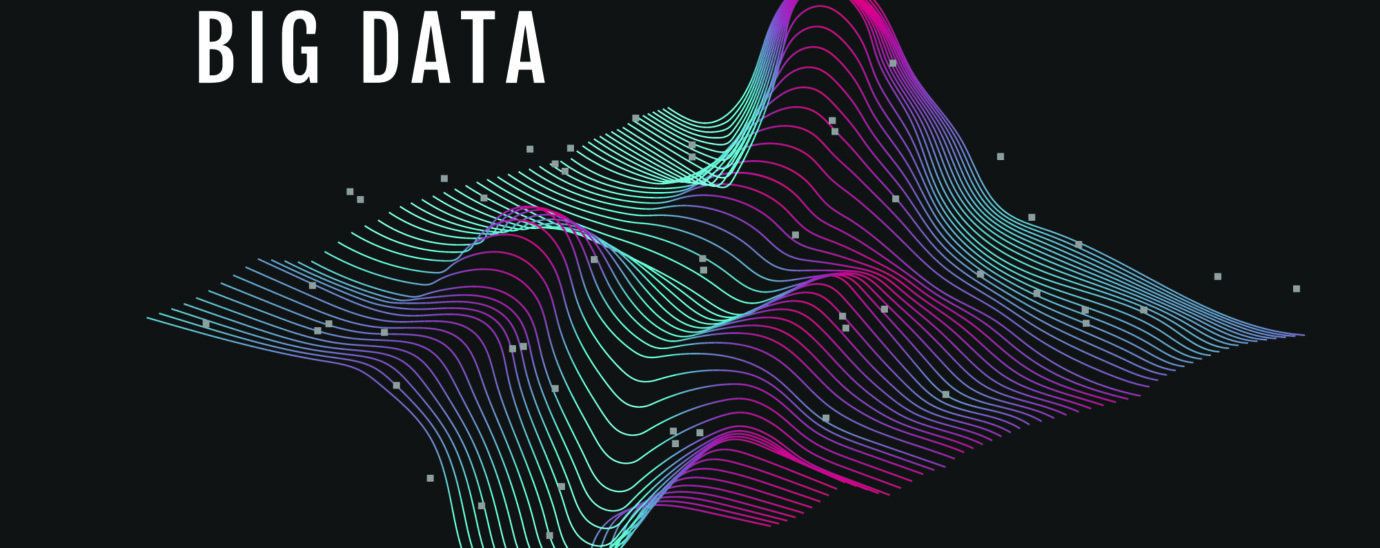Responsible computing isn’t just about cloud

IT departments are being asked by their boards to demonstrate improved sustainability. Often, they attribute their move to the cloud as a way of showing commitment to the reduction of their carbon footprint and the green agenda. While it’s a good example of carbon offset, is it just a way to pass the buck to the cloud provider rather than look in more depth about being a responsible user of IT? How much real consideration goes into calculating and demonstrating responsible computing in business today?
In 2020 the IBM Academy of Technology (AoT) brought together experts in many fields to discuss responsible computing. They analyzed the anxieties of over 100 CTOs and looked at all aspects of IT to answer questions such as, “Am I doing enough to be sustainable?”, “Are we being ethical in our use of data?” and “Am I doing enough to ensure that the infrastructure we use is minimising its impact on the environment?” As a result, the IBM AoT initiative has created a framework that outlines important considerations of responsible computing.
Six domains of responsible computing
From the more obvious topics associated with running your computing infrastructure to its wider impacts, the AoT framework summarised that responsible computing comprised of six main domains:

· Data centers – which look at the potential impact on the environment of an advanced modern data center.
· Infrastructure – which considers the Environmental, Social, and Governance (ESG) impact of the hardware, software, and networks required to develop, test, deliver, monitor, control and support IT services.
· Code – which entails being aware of the potential environmental, societal and economic impact that design and requirements choices could have whilst utilizing methods to minimize their negative impact.
· Data Usage – which involves the duty to deal with and have control over data and its lifecycle as well as being accountable of its mindful, effective, and efficient usage.
· Systems – which summarises the need for developing systems that everyone, including the company itself, can trust. A “system” is an integrated set of technologies that provide a service to human beings. It can be composed of hardware, data, code, models, and services.
· Impact – which encompasses the use of technology to change the world for a better future.
Being a responsible CTO
The reasons for needing to be a responsible CTO are just as strong as the need to be a tech-savvy one if a company wants to thrive in a digital economy. There are many facets to being a responsible CTO, such as making sure that code is being written in a diverse way and that citizen data is being used appropriately.
In a BCS webinar, IBM Fellow and Vice President for Technology in EMEA, Rashik Parmar, summarised that the three biggest forces driving unprecedented change today included post-pandemic work, digitalization, and the climate emergency. With many organizations turning to technology to help solve some of the biggest challenges they’re facing today, it’s clear that there will need to be answered about how this tech-heavy economy will impact the environment. It makes sense that this is often the first place that a CTO will start when deciding how to drive a more responsible future.
Responsible computing is much more than a move to the cloud
When you consider that each of the six domains above will make a huge difference to how responsible an organization is deemed, it’s easy to see why it’s about much more than a move to the cloud.
If we focus on the environmental considerations, it’s becoming more commonly known that whilst a move to the cloud may be better for reducing an organization’s carbon emissions than running multiple on-premises systems, the initiative alone isn’t going to spell good news for climate change. In fact, if everyone were to move to the cloud in droves the internet would need to quickly find a way of being more sustainable.
A large part of this is the requirement for major cloud providers to switch most of their data centers to more renewable energy sources. This is an area that falls outside of a customer’s control. But in fact, the issue of reducing emissions can be influenced far more greatly by the activities undertaken by the organizations themselves. It can all come down to understanding how their workloads are running and whether it is driving high levels of utilization.
Making more efficient use of the computational resources available
When it comes to running at high levels of utilization, the answer isn’t necessarily all cloud-driven. For example, the performance and scale of the new IBM Power server, the E1080, delivers the benefits of consolidation at levels far higher than is possible with x86-based alternatives.
When compared with the cloud hyperscalers, such as Azure and AWS, it offers a greater ability to scale. In a recent webinar, David Spurway, IBM Systems Technology Architect, modelled IBM’s Power10 against Azure and AWS, looking at the largest of their offerings which could then be filled up with workloads such as multiple containers*.
*In the model, David used the conservative performance metric of the IDC QPI, which gives relative performance across architectures but does not consider advantages for specific workloads. For example, the new Power10 cores can hold over four times more containers per core than x86, so the real values may be even higher.
By doing much more per core, fewer cores are needed, which leads to less energy needed.
Whilst Virtual Servers in the Cloud can run at high levels of utilization – near the 90% mark – the average utilization is much lower. This is because the number of workloads that smaller servers can hold is lower, and that means more servers are needed. With IBM’s large E1080 server, average and peak utilisations demonstrate a more efficient use of the computational resources available. When utilization is combined with scale and performance it provides a very powerful and efficient option.
Can cost savings be a by-product of energy efficiency?
If an organization is on a software licensing model that adjusts depending on the level of utilization and usage, it is also possible to achieve significant cost savings. The ability to turn applications on and off when not in use will reduce the number of processors needed. If the organization is charged by the processor core this could be as much as five times less expensive because of the software savings when running fewer cores.
Environmental considerations that organizations should make
There are detailed methodologies available that help organizations establish where they are today in terms of responsible computing. As sustainability is such a relatively new factor, it’s important for an organization to understand where it is so that it can measure what improvements are being made in the form of Key Performance Indicators.
The three main considerations can be summarised as:
· Are you using latest infrastructure components? This has a real impact because as technology advances, newer components deliver better performance and require less energy for a given workload.
· Are you consolidating workloads? Consolidation allows workloads that peak at different times to complement each other and make more efficient use of resources.
· Are you running at high utilization? High levels of utilization (which can be improved by consolidation) deliver more efficient use of energy and resources.
The responsible computing deliverables include methodologies for all six domains to help companies understand where they are today and demonstrate how they are improving and delivering against their KPIs. While it’s true that cloud infrastructure does deliver carbon savings, organizations should also think about the environmental and cost-saving benefits in other on-premises measures.